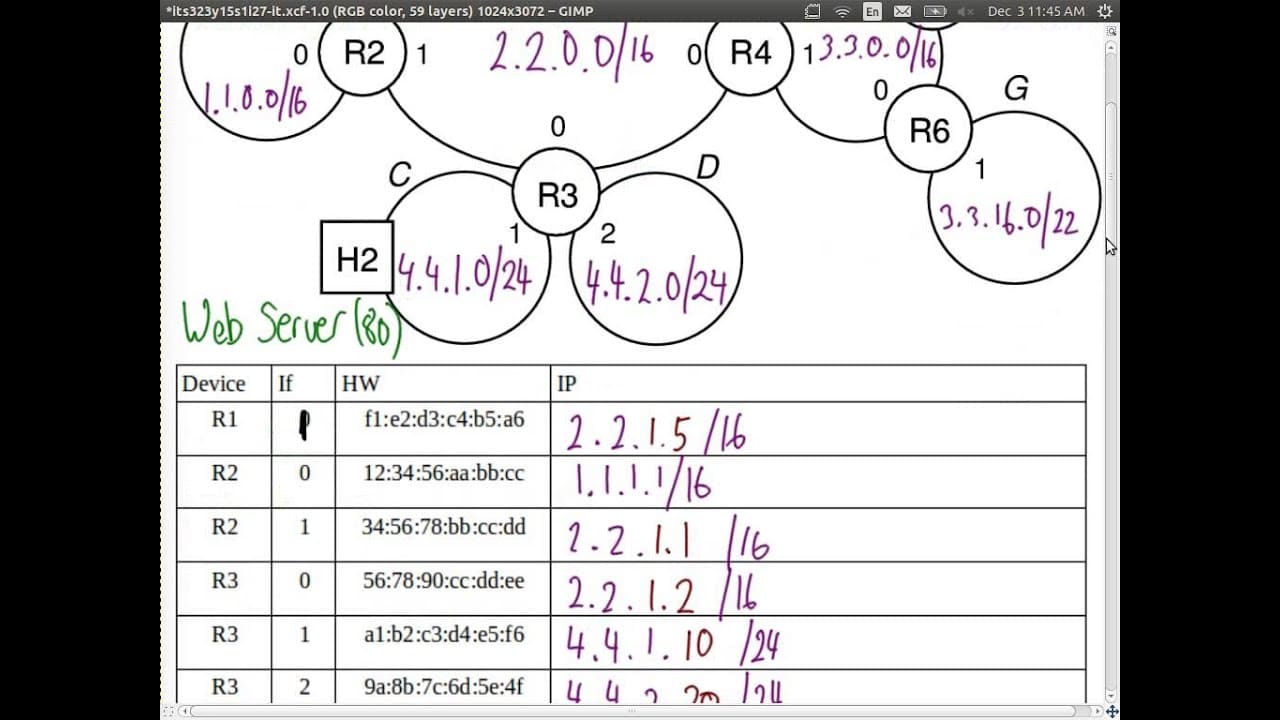A routing table, or route table, is an organized list of instructions that a network-connected device (such as a router or computer) uses to locate the best route for traffic to a specific network destination, essentially functioning as an address table.
Routing tables are organized by predetermined network routes, which are essentially a pre-determined “roadmap” for traffic that connects to different types of services such as a network printer. To point traffic in the correct direction, an entry into the routing table will contain two pieces of information. First, it will contain the intended destination, which can be outlined in terms of the network address, such as an IP address. Second, the routing table will show the route to use (also known as a gateway) to reach the desired destination.
Routing tables dynamically adjust as changes occur, either in the existing route or in the network itself. This is because routing tables must continually be updated with the latest information to ensure that data is sent in the best and fastest way. Therefore, routing tables are widely affected by network topology, hardware failures, or changes in the network’s IP addresses.
To function properly, routing tables must be configured manually or by using a routing protocol such as the Border Gateway Protocol (BGP). Routing protocols enable routers to dynamically communicate and learn the network topology by sending out periodic updates which contain information about the network’s preferred routes.
Routing tables are a fundamental part of computer networking and are widely used to optimize the flow of data and communication between devices in networks. By using routing tables, networks are able to efficiently route data packets to their correct destination and can help avoid unnecessary delays.






